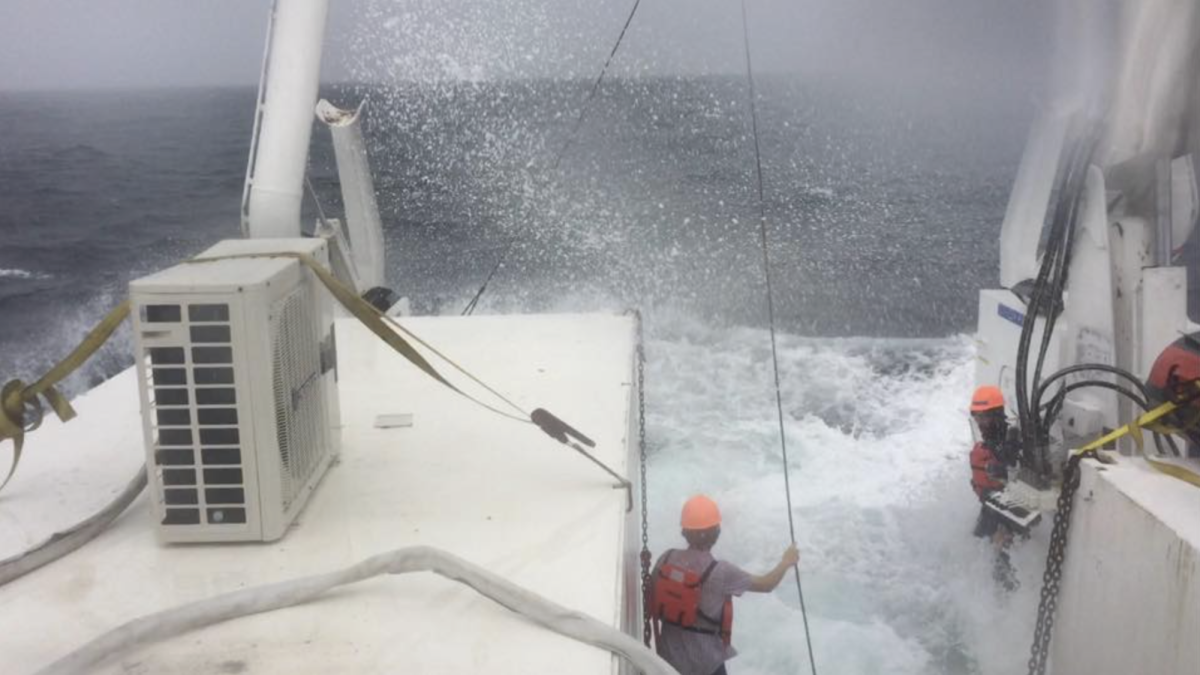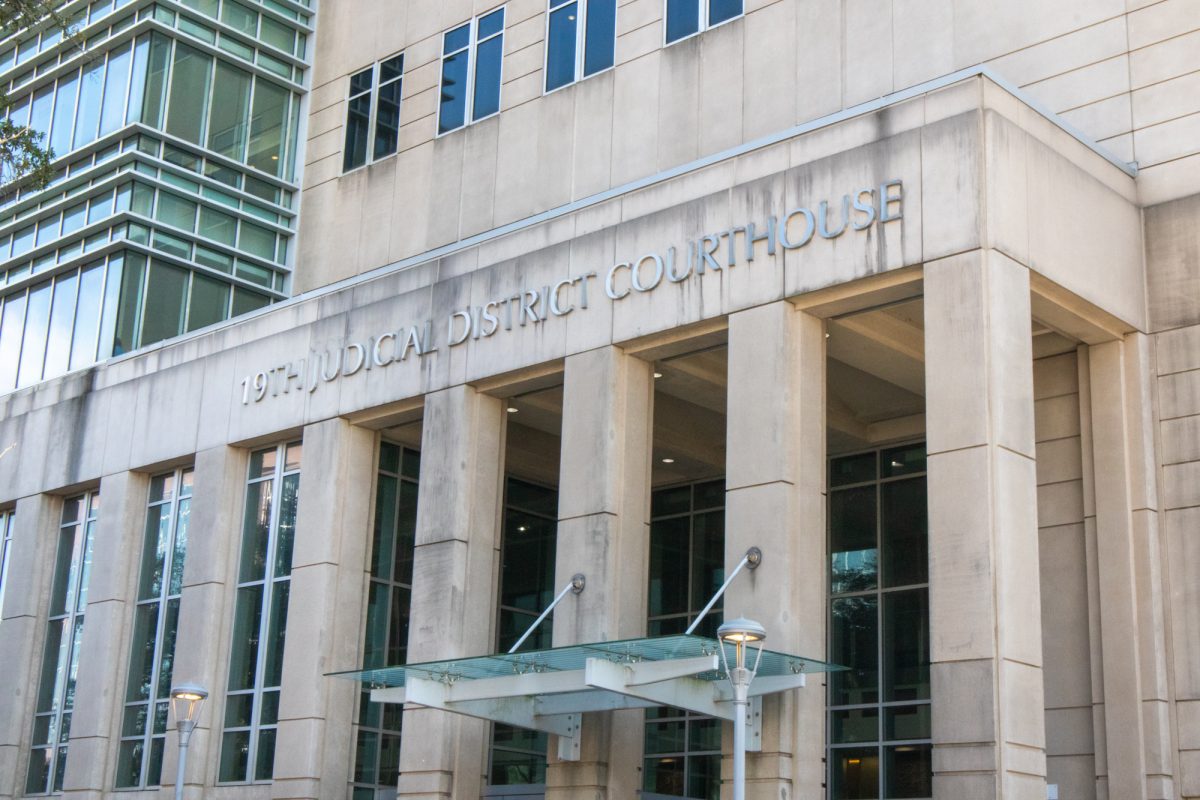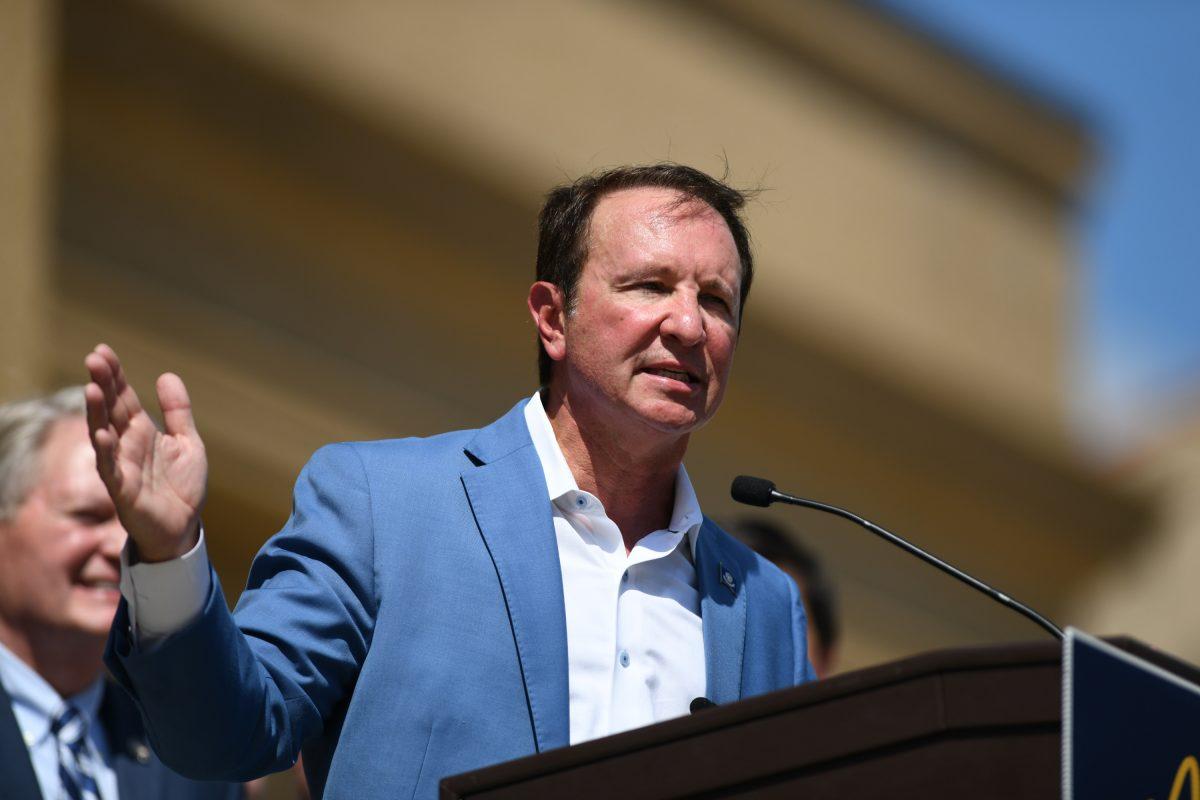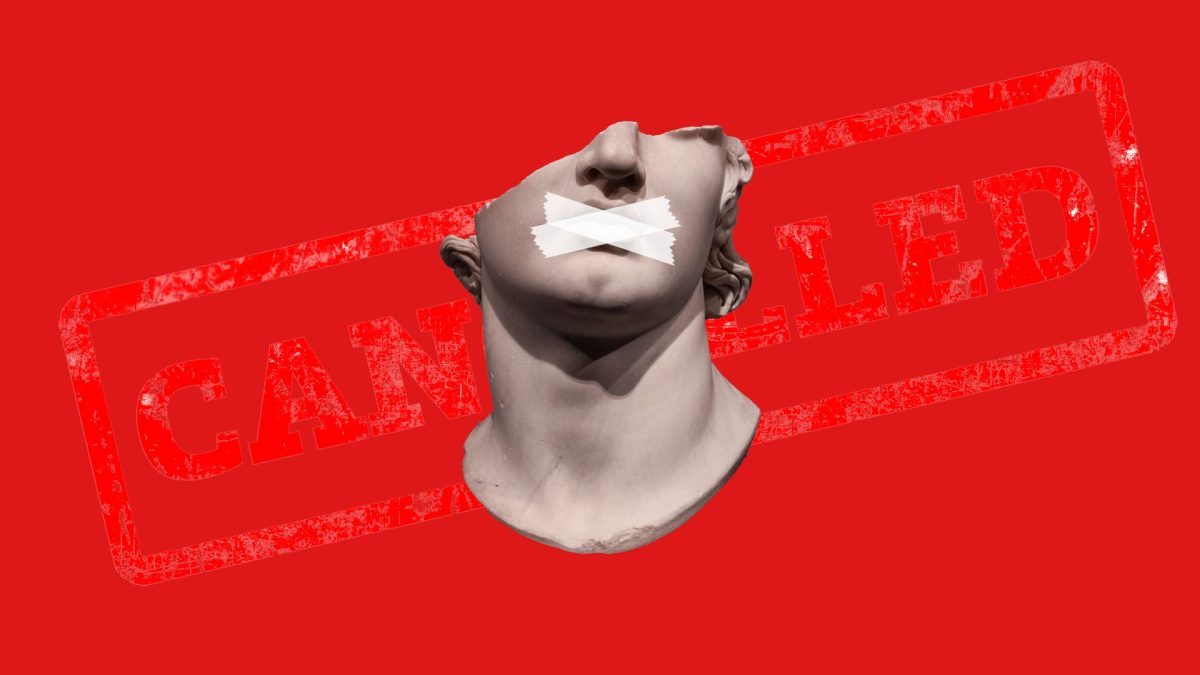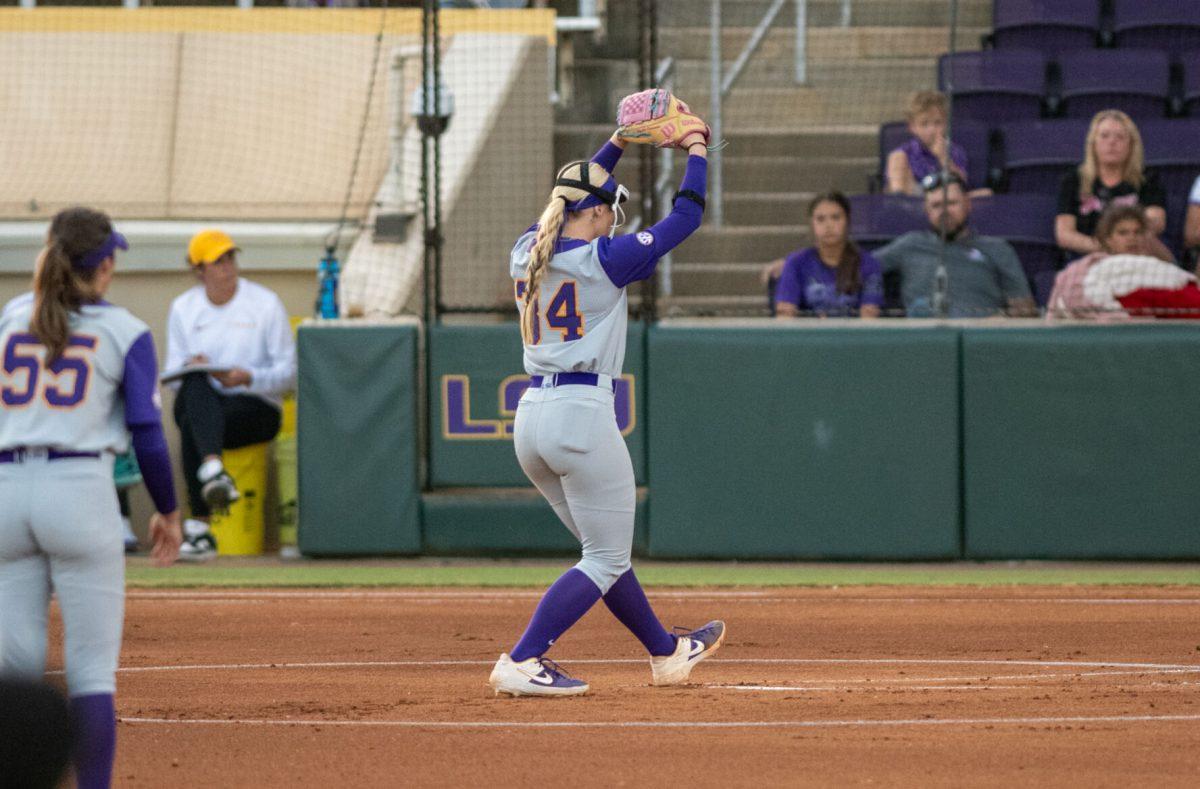After eight years of investigation and discovery, LSU researchers have one last chance to collect hurricane data before their NASA grant expires.
“This will actually be our last shot at catching some of this,” said Kanchan Maiti, professor and chair of the LSU Department of Oceanography & Coastal Sciences. “It is a game of chance, and that’s what makes it tricky.”
Maiti’s work focuses on the carbon cycle, specifically the transport and exchange of carbon between different interfaces in coastal and deep ocean systems. She said everything they do regarding carbon dioxide is to understand what people can or shouldn’t do to reduce it in the atmosphere, meaning it’s important to always know where it is going.
“Ultimately, our goal for all of us climate scientists is to understand what controls atmospheric CO2, that’s the end game for us,” Maiti said.
Maiti began this hurricane-specific research project in 2017 to examine the different impacts hurricanes have on the carbon cycle, and has been primarily funded by the National Science Foundation and NASA.
They received the NASA grant in 2021 and have only gone out for data once, after Hurricane Francine, resulting in heightened scrutiny from NASA for not using the money. The current NASA grant is set to expire in April 2026, and Maiti said they currently only plan to go out for sampling one more time this fall in hopes of obtaining more diversity in their data before wrapping up the project.
One uncertainty haunting the project, besides the lack of hurricanes, is ships, which cost at minimum $14,000 a day. Even then, ships can be left damaged after storms, and coastal areas are often occupied trying to return power and repair homes, making ship repair unfeasible. Maiti said when they do get to go sampling, it is usually about a week after the storm.
“One of the cool things we have here is the ocean right in our backyard and an area that sadly allows us the opportunity to be able to observe these events, and I believe right now this kind of data we have, no one else has this,” Maiti said.
In 2018, Maiti presented research demonstrating the difference in the ocean’s carbon dioxide production from 2006, during a steady state, compared to 2017, right after hurricanes Harvey and Nate. They found that a higher concentration of carbon dioxide was being released in the atmosphere after a hurricane when usually the ocean reduces carbon dioxide levels.
Maiti discovered the ocean became a significant source of carbon dioxide after the passage of storms, so much so that after just one hurricane, the pH of the water dropped, making it more acidic and restricting the ocean’s ability to absorb carbon dioxide. According to Maiti, this drop created the equivalent to 100 years of human carbon dioxide emissions.
The researchers have still not been able to accurately calculate how long it takes the ocean to return to normal levels. Since presenting these findings seven years ago, Maiti claims no one else has been able to achieve this data.
Maiti said scientists are at a point where they better understand what happens when everything is in a steady state. Still, they don’t know the effects of these transient processes and how they affect understanding of carbon on a global scale.
“There is a big knowledge gap we need to fill to really understand the big picture of our carbon flow,” Maiti said.



